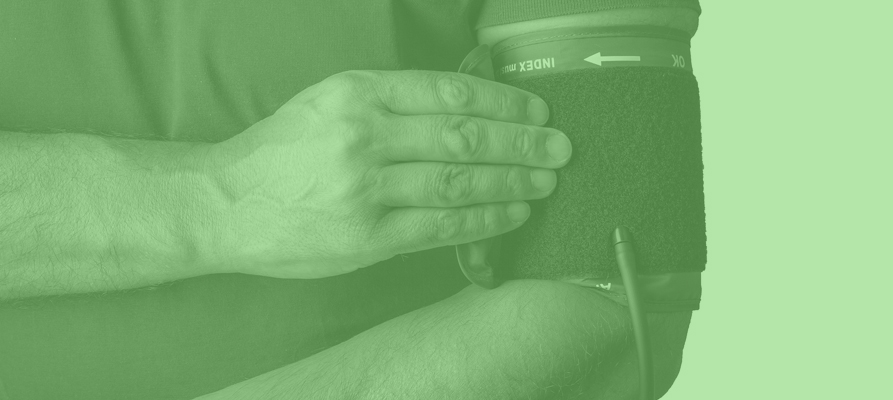
Test and Protect
The Test and Protect system has been introduced in Scotland as a way to interrupt the chain of transmission of COVID-19 in our communities.
The concept is simple: any person who experiences any of the main symptoms of COVID-19 should immediately isolate, and report their symptoms, in advance of being tested. Between developing symptoms and being tested, the individual should begin a 10-day isolation, and their household should begin a 14-day isolation.
The person experiencing the symptoms should contact the NHS to arrange to be tested at 0800 028 2816 or www.nhsinform.scot straight away. The affected individual will also be asked to identify people with whom they’ve had significant recent contact with.
NHS Test and Protect staff will then contact those people and advise them to self-isolate until they too can be tested.
Everyone who tests positive for COVID-19 will be put in touch with the local contact tracing team so that other close contacts can be identified. These close contacts, as well as household contacts, will be asked to self-isolate for 14 days.
It will be important that everyone, and especially the people identified as close contacts, remain in self-isolation for the full length of time they are asked to.
A close contact is someone who has been physically close enough to the confirmed case for a long enough period of time, that they may have had the virus transmitted to them. The risk of the virus being transmitted is higher the closer the contact, the greater the exposure to respiratory droplets (for example from coughing), and the longer the duration of the contact.
If a person has been in close contact with someone who has COVID-19, they will be asked to self-isolate for 14 days. This is because if they have the virus, it may take up to 14 days for it to develop into an illness (the “incubation period” of the virus).
If someone has been identified by NHS contact tracers as having been in close contact with a person with a confirmed case, they will not be told who it is they have been in contact with.
If a person does not have symptoms themselves and are self-isolating as a close contact of person who is a confirmed case, other people in the same household will not be asked to self-isolate along with the close contact – unless they have also been in close contact with a person who is a confirmed case, which case they will informed by the NHS.
A new government city benefit scheme was launched on 1 September 2020 which will see eligible individuals receiving up to £182 if they are required to self-isolate due to COVID-19. Initially it will apply only in certain areas in England which are affected by local lockdowns.
To be eligible for this new payment, individuals must:
- be employed or self-employed
- be receiving either working tax credit or Universal Credit
- have tested positive for COVID-19 or have been formally advised to self-isolate due to the positive test of a close contact
- be unable to work from home for the duration of their self-isolation period
- be at risk of losing income as a result of self-isolation
To receive a payment, eligible individuals will need to provide:
- official notification from NHS Test and Protect
- a bank statement
- proof of employment / self – employment
Under the terms of the initial trial, the payment arrangements for this benefit are as follows:
- official notification from NHS Test and Protect
- Individuals confirmed as infected with COVID-19 will receive £130 for their 10-day period of self-isolation
- Other eligible members of their household will receive £182 for their 14-day period of self-isolation
- Non-household close contacts who are officially advised to self-isolate will receive £14 per day, up to a maximum of £182, for their maximum 14-day period of self-isolation
The government anticipates that payments will be made to affected individuals within 48 hours of the necessary evidence being provided. For more information on this scheme, please visit https://www.gov.uk/government/news/new-payment-for-people-self-isolating-in-highest-risk-areas.
Example:
Jenny lives with her family and while at work was a close contact of another person who now has a confirmed case of COVID-19. Jenny has been contacted by NHS Test and Protect Staff and told to self-isolate, even though she herself has no symptoms.
Jenny’s partner and child do not need to self-isolate along with her, as long as Jenny continues to have no symptoms. Her partner and child can leave the house in line with the guidance in place at the time.
Jenny must stay at home and self-isolate for 14 days from her last contact with the confirmed case.